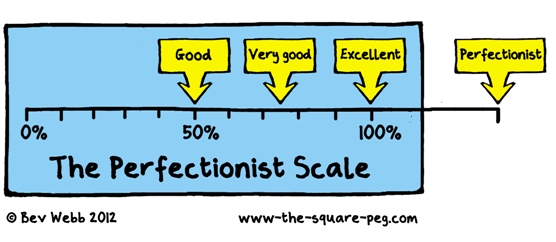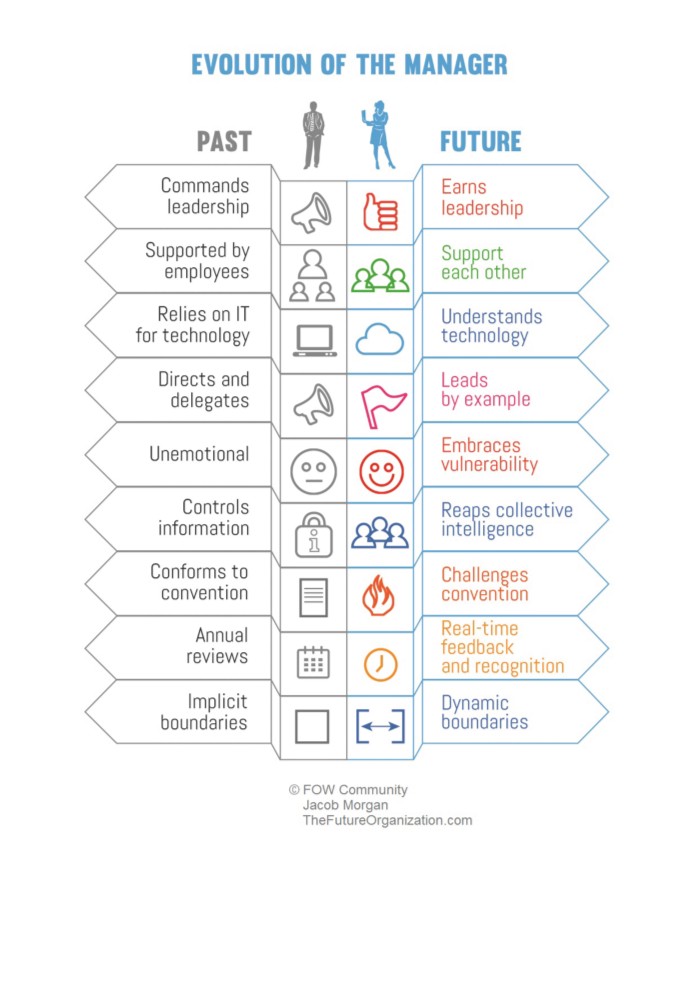Peter Drucker was a well-known and respected business philosopher. Having authored over 39 books on various business topics ranging from leadership to management philosophy, Drucker outlined six key behaviors which he had observed in leaders.

These behaviors include, but are not limited to:
1. They did not start out with the question, “What do I want?” They started out asking, “What needs to be done?”
Senior leaders have power and authority and many seek to make their mark on organizational performance. But the true “servant leaders” provide strategy and direction and then concentrate on providing all the resources their teams need to fulfill the mission. It should never be about the ego of the leader.
2. Then they asked, “What can and should I do to make a difference?” This has to be something that both needs to be done and fits the leader’s strengths and the way she or he is most effective.
Effective leaders have the self-knowledge to understand what they do really well and seek to exploit that ability for completing the goals. They know their individual team members well enough to help each of them do the same.
3. They constantly asked, “What are the organization’s mission and goals? What constitutesperformance and results in this organization?”
The clarity on the results sought and how to measure good performance is a topic that continually gets clarified and reinforced through effective dialogue and interaction. Conflicts may always arise about various options in pursuing the outcomes, but great leaders relish these discussions as a way to teach and to help the leadership skills of everyone involved blossom along the way.
4. They were extremely tolerant of diversity in people and did not look for carbon copies of themselves. It rarely even occurred to them to ask, “Do I like or dislike this person?” But they were totally – fiendishly – intolerant when it came to a person’s performance, standards, and values.
I have seen people’s careers derail because they could not perform and everyone understands how that can happen. But I have also witnessed good performers get derailed when they cut corners, mistreat others, or act as “assholes”. Some organizations put less emphasis on standards and values than performance, and that always shows up in the quality of the culture. The best leaders I know arefiendish protectors of their companies’ culture, regardless of the performance of people who may violate key values.
5. They were not afraid of strength in their associates. They gloried in it. Whether they had heard of it or not, their motto was what Andrew Carnegie wanted to have put on his tombstone: Here lies a man who attracted better people into his service than he was himself.
A leader must have followers or they are not really a leader. The leader and his followers are a team. As Game Six of the World Series comes on tonight, think how the collection of talent on each team is assembled to achieve what they do. They seek the very best players and mold them into a team. Business leaders are rather similar, or should be! The best leaders mold and mentor others into better leaders as well.
6. One way or another, they submitted themselves to the mirror test – that is, they made sure that the person they saw in the mirror in the morning was the kind of person they wanted to be, respect, and believe in. This way they fortified themselves against the leader’s greatest temptations – to do things that are popular rather than right and to do petty, mean, sleazy things.
There is nothing easy about being a leader and we each must hope our inner rudder is steered in the appropriate direction. One key thing is that every successful captain has is a strong lieutenant that she or he knows will provide the right kind of advice and honest feedback. The courage to do the tough things makes the triumphs all the sweeter! Popularity is not leadership – great results are.
SOURCE: Executive Coaching Concepts






